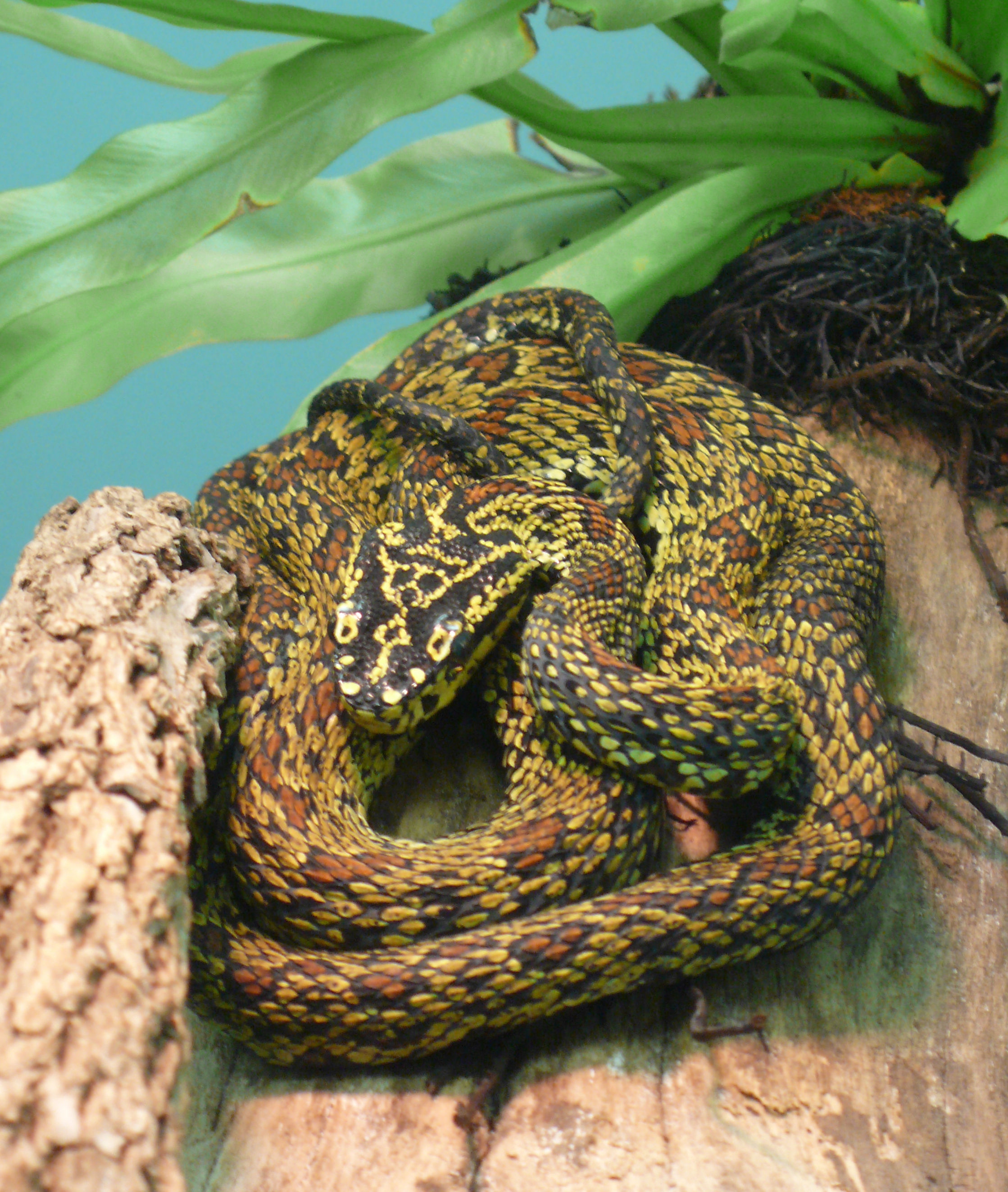| Citation |
|
Description |
Geographic Range [top]
Range Description: This species has a wide distribution in high-altitude areas of southern mainland Asia. It occurs from northeastern India eastwards through Nepal and northern Myanmar to the Hoang Lien Mountains of Vietnam, and north to Henan Province, China. In China it is widespread, being known from southern Xizang (Tibet), western Sichuan and Yunnan, Guizhou, Henan, Hubei and Guangxi, Anhui, Gansu, Ningxia, Qinhai, Guangdong, Shaanxi, Shanxi, and Jiangxi. In Vietnam it has been recorded from Lai Chau and Lao Cai Provinces (Orlov et al. 2001, Nguyen et al. 2008).
Countries occurrence:
Native:
Bhutan; China; India; Myanmar; Nepal; Viet Nam
Additional data:
? Lower elevation limit (metres): 1400
? Upper elevation limit (metres): 2300
Range Map: Click here to open the map viewer and explore range.
Population [top]
Population: This species may be uncommon in Myanmar.
Current Population Trend: Unknown
Additional data:
? Population severely fragmented: Unknown
Habitat and Ecology [top]
Habitat and Ecology: This nocturnal snakes main habitats are the stony banks of streams with cascades and waterfalls, characterized by remnant polydominant rain forests alternating with secondary bamboo forest. It can also be found in grass meadows in areas were forest has been totally destroyed. Adults feed primarily on rats, and juveniles eat frogs (mainly Ranidae and Rhacophoridae). Following cold nights in April and May, animals have been recorded basking at temperatures as low as 10ºC. This viviparous snake gives birth ro 5-8 young (Orlov et al. 2001), and mating probably occurs in April.
Systems: Terrestrial
Use and Trade [top]
Use and Trade: This species is not used or traded.
Threats [top]
Major Threat(s): This species is not being impacted by major widespread threats.
Conservation Actions [top]
Conservation Actions: There are no known species-specific conservation measures in place for this species, however, in places its distribution coincides with protected areas. No further conservation measures are required at present.
Citation: Wogan, G., Das, I., Jiang, J. & Bain, R. 2012. Protobothrops jerdonii. The IUCN Red List of Threatened Species 2012: e.T178419A1533609. http://dx.doi.org/10.2305/IUCN.UK.2012-1.RLTS.T178419A1533609.en. Downloaded on 21 November 2016.
Disclaimer: To make use of this information, please check the .
Feedback: If you see any errors or have any questions or suggestions on what is shown on this page, please provide us with feedback so that we can correct or extend the information provided
|

